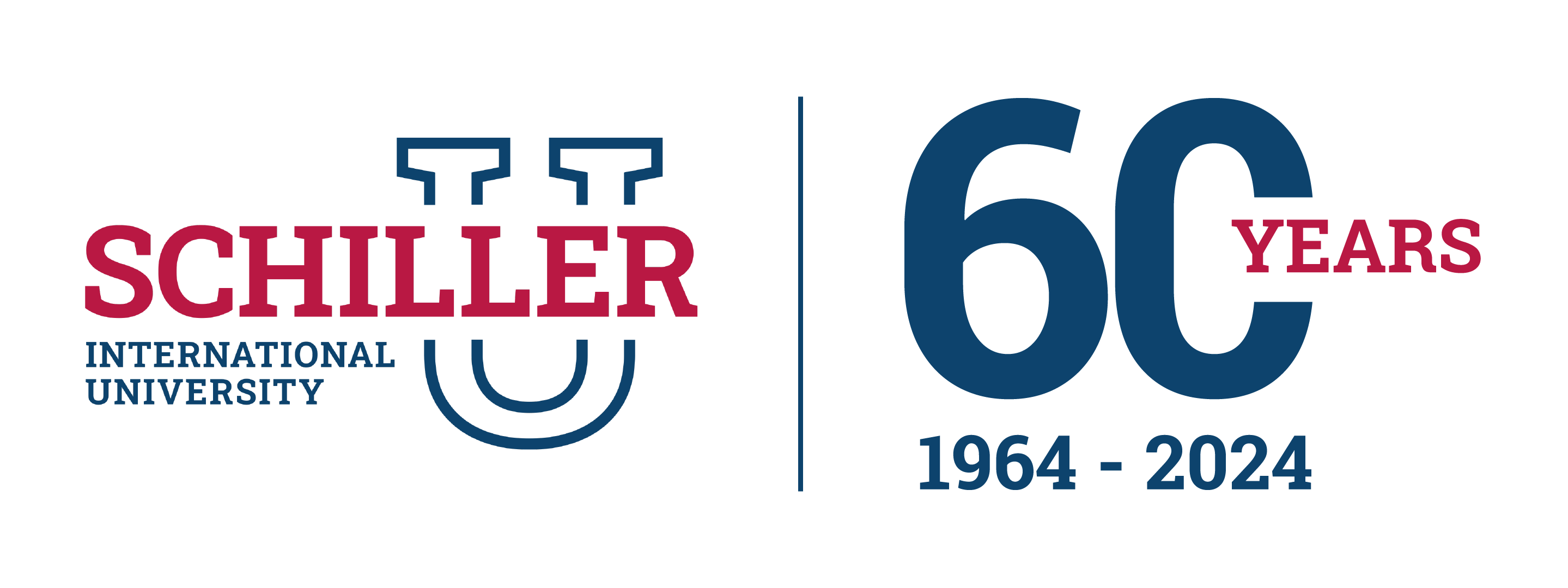Students from the master’s program in International Relations and Diplomacy – which is a joint degree delivered by Schiller International University and the United Nations Institute for Training and Research (UNITAR) – had the opportunity to visit a unique exhibition at the House of Japanese Culture in the 15th arrondissement of Paris. The visit was part of the IR502 Diplomacy Workshop on International Negotiation, taught in November 2024 by Dr. Myriam Benraad, Global Academic Chair for International Relations and Diplomacy.
Tokyo Birth of a Modern City Exhibition
“Tokyo, Birth of a Modern City” is an original installation that includes posters, pictures, kimonos, and other ornamental items in addition to prints from the first half of the 20th century. This comprehensive exhibition illuminates Tokyo’s history following the devastating earthquake of 1 September 1923 and immersed Schiller students in the city’s social and urban changes.
Exploring Tokyo’s Transformation Through Four Historical Phases

With an emphasis on the 1920s and 1930s, the Edo-Tokyo Museum’s holdings include about 100 pieces that students discovered. The visit is arranged chronologically into four segments: Tokyo before the earthquake; the time of the earthquake; the reconstruction; and the modern city and its inhabitants.
The Time of the Earthquake
Through prints influenced by Western photography and painting, many of which were created by genre masters, students could appreciate urban landscapes amid industrialization in the first segment. At that time, lithography gained popularity, colors and details got more expressive, and methods and tools varied.
Photographs, records, and postcards illustrating the catastrophic effects of the earthquake that shook all of Japan and left over 106,000 people missing make up the second segment. Artists traveled to Tokyo after the tragedy to paint the landscape devastated by fire.
The Reconstruction

How did Tokyo recover from such a trauma and tragedy? A third segment highlights this process. The metropolitan region’s growth and the opening of a new circular railroad route are mentioned. The prints are accompanied by pictures that attest to a more vibrant way of life as well as novel developments like the industrial city and its pollutants.
The Modern City and Its Inhabitants
The advent of consumer culture in Japan, with its busy department stores and cafés, salarymen, and independent Japanese women – called “modern girls” – is the subject of the fourth and final segment. Sports and nightlife are also shown in the prints.
The printmaking industry was shut down after World War II. Students could therefore examine a previously unexplored aspect of Tokyo, depicted as authentically as possible and far from clichés. They gained a deeper understanding of how this metropolis broke with the past while navigating its slow transformation.
Tokyo’s Balancing Act Between Tradition and Modernity
Tokyo evolved from a wooden-hut-lined feudal Edo to a massive city with neon lights and giant structures, while nevertheless remaining caught between the aspirations of modernity and longing for a bygone Japan.
“Earlier in class, we had various outdoor learning questions regarding whether Japanese art could represent a form of negotiation, one student wrote after the visit. Japanese art and culture, in my opinion, are the foundation of Japan’s soft power, which aims to establish it as a reliable country open to negotiation. All in all, I had a very pleasant time.”

 Apply Now
Apply Now









